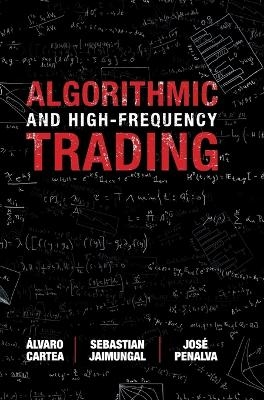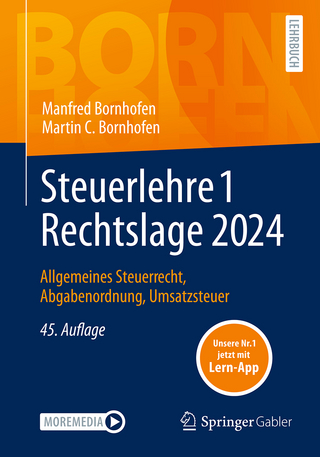
Algorithmic and High-Frequency Trading
Cambridge University Press (Verlag)
978-1-107-09114-6 (ISBN)
The design of trading algorithms requires sophisticated mathematical models backed up by reliable data. In this textbook, the authors develop models for algorithmic trading in contexts such as executing large orders, market making, targeting VWAP and other schedules, trading pairs or collection of assets, and executing in dark pools. These models are grounded on how the exchanges work, whether the algorithm is trading with better informed traders (adverse selection), and the type of information available to market participants at both ultra-high and low frequency. Algorithmic and High-Frequency Trading is the first book that combines sophisticated mathematical modelling, empirical facts and financial economics, taking the reader from basic ideas to cutting-edge research and practice. If you need to understand how modern electronic markets operate, what information provides a trading edge, and how other market participants may affect the profitability of the algorithms, then this is the book for you.
Álvaro Cartea is a Reader in Financial Mathematics at University College London. Before joining UCL, he was Associate Professor of Finance at Universidad Carlos III, Madrid (2009–2012) and from 2002 to 2009 he was a Lecturer (with tenure) in the School of Economics, Mathematics and Statistics at Birkbeck, University of London. He was previously JP Morgan Lecturer in Financial Mathematics at Exeter College, Oxford. Sebastian Jaimungal is an Associate Professor and Chair of Graduate Studies in the Department of Statistical Sciences, University of Toronto, where he teaches in the PhD and Masters in Mathematical Finance programs. He consults for major banks and hedge funds focusing on implementing advance derivative valuation engines and algorithmic trading strategies. He is also an associate editor for the SIAM Journal on Financial Mathematics, the International Journal of Theoretical and Applied Finance, the journal Risks and the Argo newsletter. Jaimungal is Vice Chair for the SIAM activity group on Financial Engineering and Mathematics, and his research has been widely published in academic and practitioner journals. His recent interests include high-frequency and algorithmic trading, applied stochastic control, mean-field games, real options, and commodity models and derivative pricing. José Penalva is an Associate Professor at the Universidad Carlos III de Madrid, where he teaches in the PhD and Masters in Finance programs, as well as at the undergraduate level. He is currently working on information models and market microstructure and his research has been published in Econometrica and other top academic journals.
Preface; How to read this book; Part I. Microstructure and Empirical Facts: 1. Electronic markets and the limit order book; 2. A primer on the microstructure of financial markets; 3. Empirical and statistical evidence – prices and returns; 4. Empirical and statistical evidence – activity and market quality; Part II. Mathematical Tools: 5. Stochastic optimal control and stopping; Part III. Algorithmic and High-Frequency Trading: 6. Optimal execution with continuous trading I; 7. Optimal execution with continuous trading II; 8. Optimal execution with limit and market orders; 9. Targeting volume; 10. Market making; 11. Pairs trading and statistical arbitrage strategies; 12. Order imbalance; Appendix A. Stochastic calculus for finance; Bibliography; Glossary; Subject index.
| Erscheint lt. Verlag | 6.8.2015 |
|---|---|
| Zusatzinfo | 35 Tables, black and white; 42 Halftones, color; 5 Line drawings, unspecified; 33 Line drawings, color |
| Verlagsort | Cambridge |
| Sprache | englisch |
| Maße | 182 x 255 mm |
| Gewicht | 870 g |
| Themenwelt | Wirtschaft ► Betriebswirtschaft / Management ► Finanzierung |
| Wirtschaft ► Volkswirtschaftslehre ► Ökonometrie | |
| ISBN-10 | 1-107-09114-4 / 1107091144 |
| ISBN-13 | 978-1-107-09114-6 / 9781107091146 |
| Zustand | Neuware |
| Haben Sie eine Frage zum Produkt? |
aus dem Bereich


